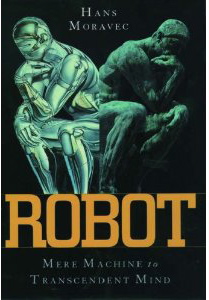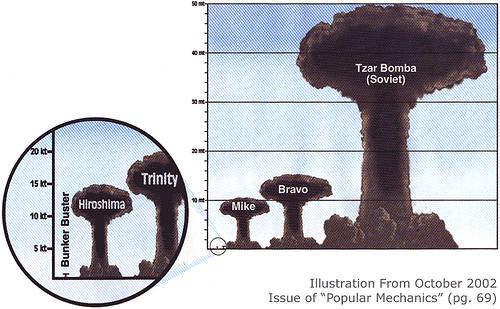 This year’s March Madness has brought us a Final Four with no #1 or #2 seeds, unique in NCAA tournament history. But the absence of high-seed teams has not dulled enthusiasm for the last three games. In fact, some sports pundits are trumpeting the “Cinderella” factor: can a #11 seed, Virginia Commonwealth University, pull off the all-time, unexpected upset?
This year’s March Madness has brought us a Final Four with no #1 or #2 seeds, unique in NCAA tournament history. But the absence of high-seed teams has not dulled enthusiasm for the last three games. In fact, some sports pundits are trumpeting the “Cinderella” factor: can a #11 seed, Virginia Commonwealth University, pull off the all-time, unexpected upset?
But no matter who matter who wins the game, the bookies win their money. The bookie’s odds always include a built-in percentage for the house. In 2009 I calculated the Las Vegas Final Four edge at 9.8%; in 2010, the edge was larger (14.3%). This year the edge, if you can actually get these published odds, is unbelievably small…only 2.2%!






 According to almost every online source that commented on it, the round disk in the sky on the last day of 2009 was a “blue moon,” a term commonly used for the second full moon in any calendar month.
According to almost every online source that commented on it, the round disk in the sky on the last day of 2009 was a “blue moon,” a term commonly used for the second full moon in any calendar month.